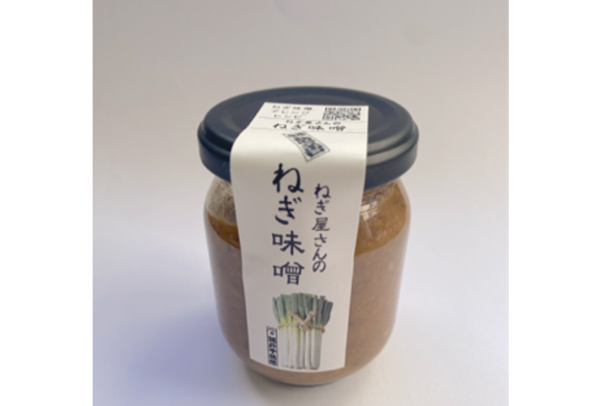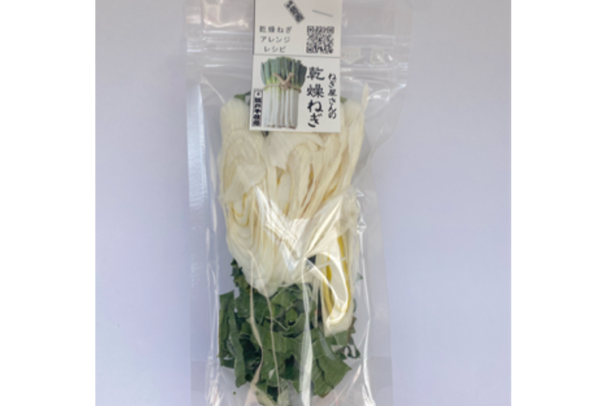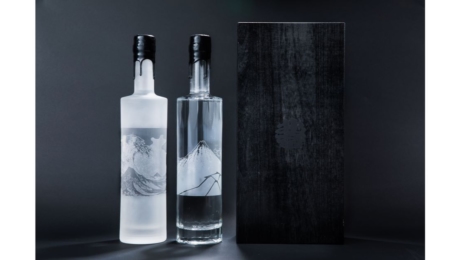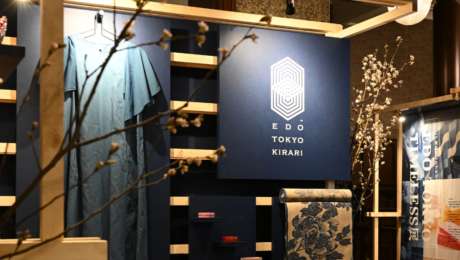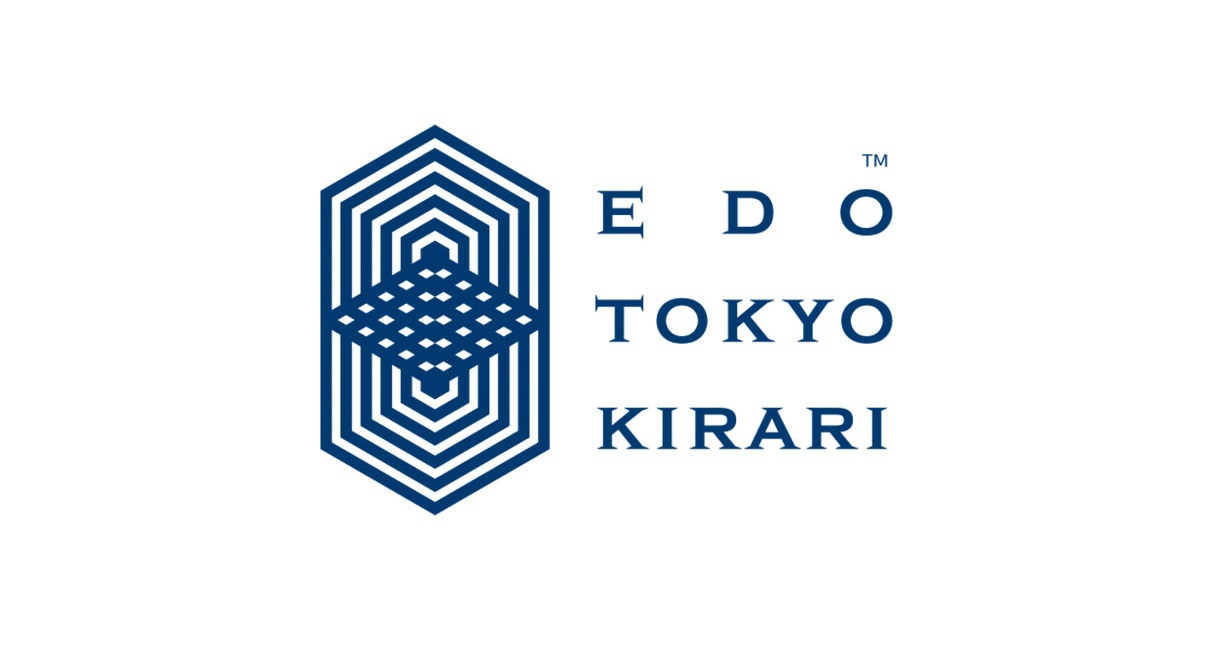
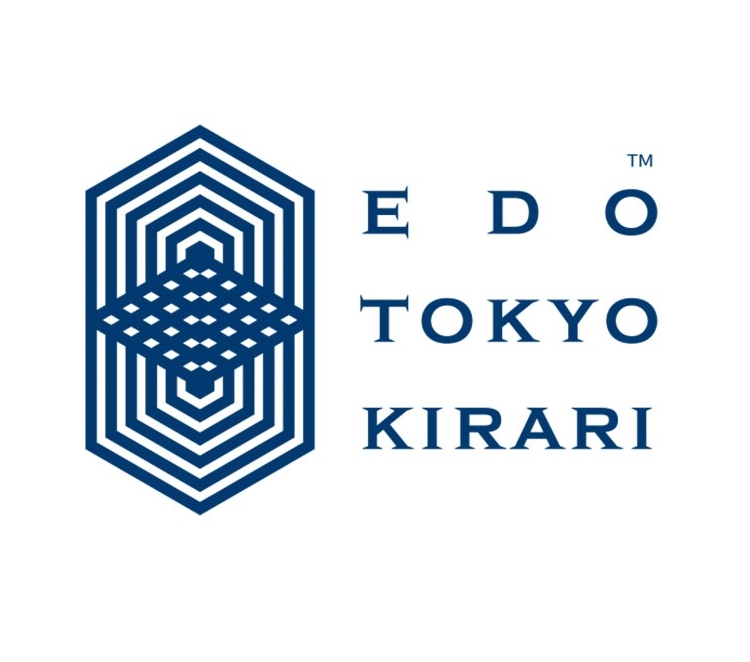
Edo Tokyo Kirari Project Products on Sale at Garden Shops in the Tokyo Metropolitan Area
2023.03.13
LIFEIntroducing Edo Tokyo Kirari Project products which will be sale at garden shops throughout the Tokyo Metropolitan area such as Koishikawa Korakuen Gardens and Aoiya, etc. in conjunction with the “Edo Tokyo Rethink Exhibition” on March 11-15, to help people understand the background and culture of the Edo and Meiji periods in which these gardens were built.
Edo Daimyo gardens such as Koishikawa Korakuen, Hama-rikyu Gardens, and Rikugien Garden. Ueno Park, one of the first parks opened in Japan in 1873. Former Iwasaki Residence Garden with its western style buildings constructed in 1896. This spring, why not take a walk through a garden or park full of various feelings handed down from the Edo and Meiji periods. Please feel free to drop in at one of these shops.
The Tastes of Edo for Everyone
The Edo Tokyo Kirari Project puts a spotlight on the treasures of Tokyo, continuing from the Edo period, so that they can be shared with people throughout Japan and overseas. The “treasures of Tokyo” change with the times in an evolution of “Old Meets New.” By picking up these treasures and savoring them, you will be able to picture the city of Edo where the lives and culture of the people flourished, and will understand how it has been passed down through the generations to the present day.
Edo City during the Edo period (1603-1868) had Daimyo residences such as Koishikawa Korakuen and a samurai district, as well as being a lively place for townspeople. The charms of Edo are sure to expand your world and add color to your everyday life and feelings.
[Sales Period]
March 11 to end April, 2023 (Scheduled)
[Sales Locations]
1.Koishikawa Korakuen – Aoiya
2.Former Iwasaki Residence Garden Store
3.Hamarikyu Gardens – Hamamise
4.Rikugien Garden – Fukiage Chaya
5.Ueno Park – Parks Ueno Store
[Sales Companies]
Eitaro Sohonpo
Toshimaya Main Store
Negizen
■Edo Period confectionary – Eitaro Sohonpo / Ameya Eitaro
Since ancient times, starch syrup has been eaten in Japan, made with saccharified rice as the main ingredient, as well as wheat sprouts, etc. When Nobunaga Oda became ruler, Portuguese missionaries added sugar to a little starch syrup and introduced “Aruheito (hard candy).” At this time, sugar was a valuable commodity brought by continental trade to Japan, so sugar production also began in Japan during the Edo period. Domestic sugar production flourished during the time of the 8th Shogun Yoshimune Tokugawa, and craftsmen in hard candy gained high status.
Eitaro Sohonpo was founded as “Izutsuya” by Tokubei Hosoda in 1818, and during the Edo period it worked to find ways to make hard candy available to more people. During the Ansei era (1854-1860), candies which were “red candies cut with scissors and then pinched with your fingers to form a triangle so as not to damage your mouth” became popular, and because their shape resembled umeboshi (pickled plums) they became known as “Umeboshi Candy” among the fashionable young people of Edo. Today, candy specialty brand “Ameya Eitaro” produces and sells “Sweet lips,” a candy made based on hard candy with added fruit juice and a commitment to production area and quality.
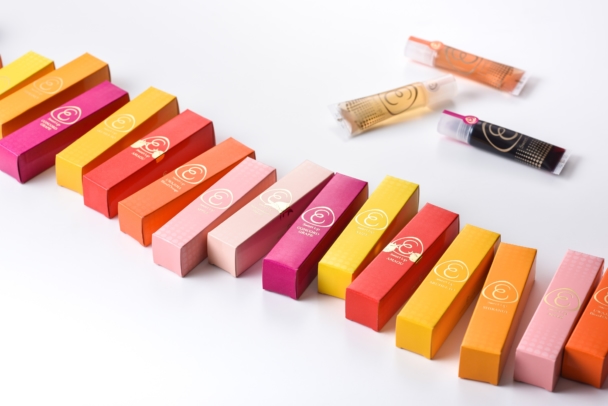
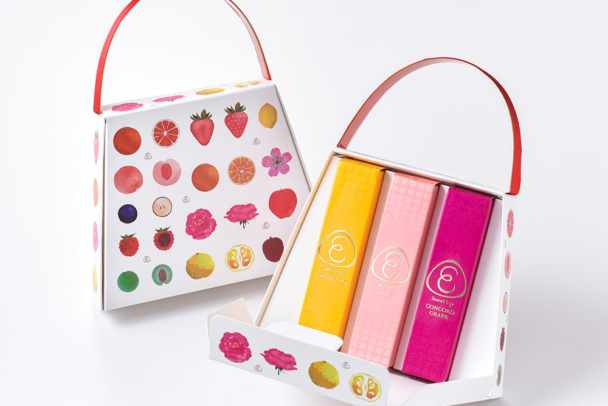
■Japanese Sake – Toshimaya Main Store
Edo was a major consumption area for sake during the Edo period, with sake transported by ship from production areas such as Itami and Nada and many people enjoying the “kudari-zake” (sake transported into the capital). During the Bunka and Bunsei eras of the late Edo period (1804-1830), “kudari-zake” consumption was said to have reached 1.8 million barrels a year, with consumption of more than one 72 liter barrel per person per year.
In 1596, Juemon Toshimaya founded the Toshimaya Main Store on the riverside of Kanda Kamakura, which sold sake during the Edo period and not only expanded its sales channels to be a purveyor to the Shogunate but also served as a busy Izakaya. Brewing began in the Meiji period, and in the Showa period the brewing of “Kinkon” sake began at Higashimurayama. “Kinkon” is the only sacred sake used at Meiji Jingu Shrine and Kanda Myojin Shrine. The Izakaya was lost due to the collapse of the store from the Great Kanto Earthquake in 1923, and in 2020 this was revived near the original site in Nishikicho, Kanda as “Toshimaya Liquor Store,” sharing the sophisticated food culture of Edo.
At the Toshimaya Main Store, Junmai Ginjo Edoshu Oji” sake is also produced and sold, with a commitment to ingredients from Tokyo including “Kinuhikari” rice from Hachioji and “Edo yeast.”
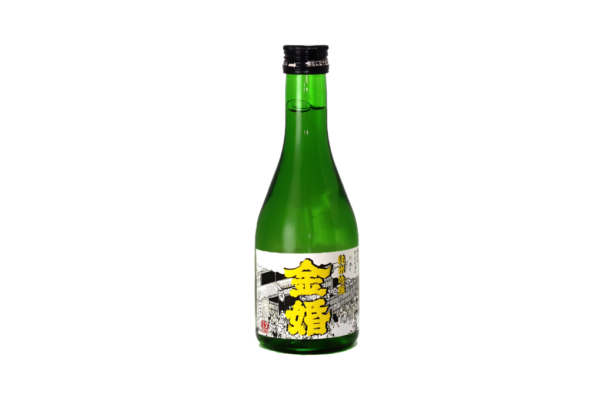
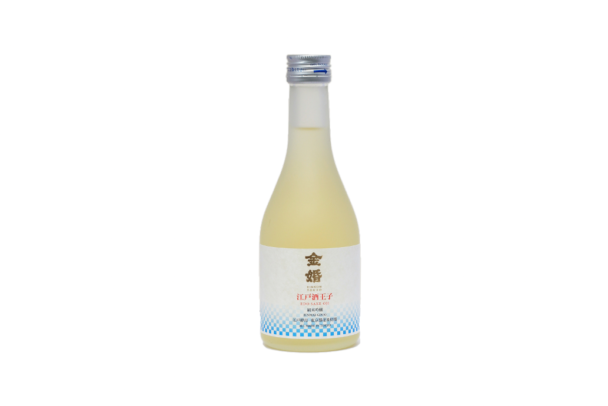
■Products using Edo-Senju Spring Onions – Negizen
There are various crops that are currently being produced and distributed that can be traced back to agricultural technologies developed during the Edo period. In Edo, vegetables were called “greens,” but various vegetable seeds were brought into Edo from the regions, and the feudal lords and samurai class cultivated vegetable gardens. There were also vegetable hawkers and stores called “Greens shops,” as well as greens (vegetable) markets at Komagome, Kanda, and Senju, etc.
In 1885, first generation founder of Negizen, Zentaro Tanaka, turned from farming to found a business in Asakusa. Even now, independent onion farmers and the company’s own farm produce and sell “Edo Senju Spring Onion”, which is made from
open pollinated seeds that have been passed down since the Edo period. Varieties have improved over time, and the F1 species, which is easy to grow and manage, has become the main cultivated variety, but Negizen has also engaged in repeated trial and error cultivation with farmers over 10 years to revive the difficult to cultivate pure-bred variety, and this is also now produced. Edo Senju spring onions have the original spiciness of spring onions and are packed with flavor. Eat spicy spring onions raw as a condiment on soba noodles for the perfect accent, or heat them on a grill or in a pot to transform the spiciness and bring out the amazing sweetness that is close to that of a fruit. The Edo Senju spring onions eaten by people in the Edo period were also loved by many cultural figures, including Shotaro Ikenami Edo Senju spring onions are currently used in commercially available products such as “spring onion miso,” “spring onion salt,” and “dried spring onions.”
